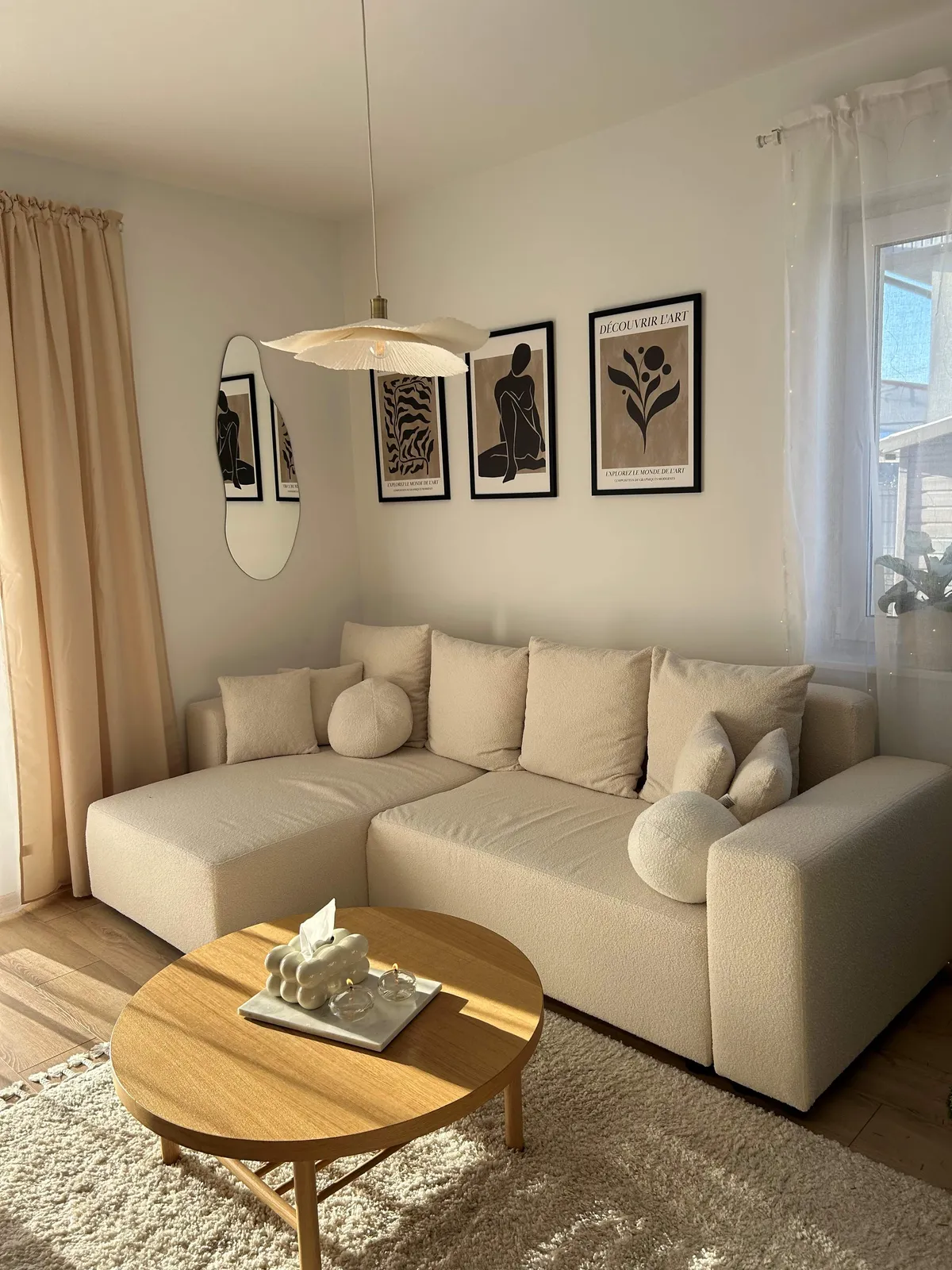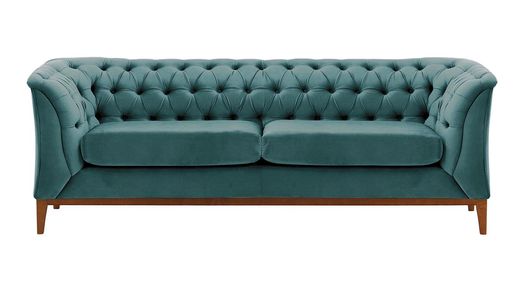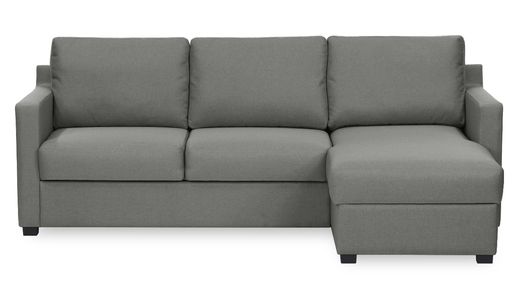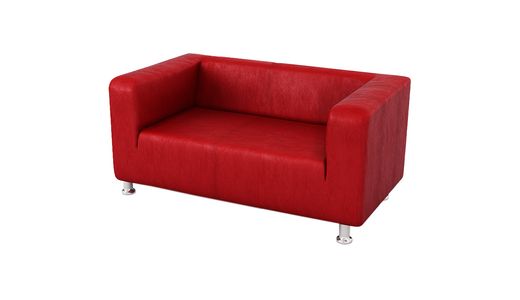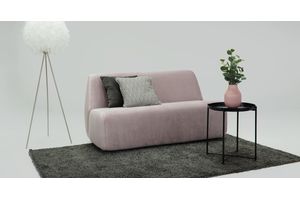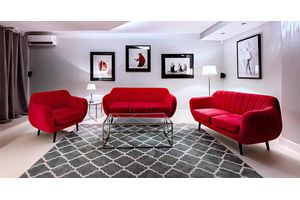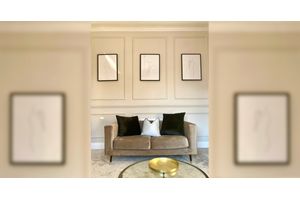
Crafting the Perfect Seating Experience: Navigating Seating Capacity, Comfort, and Sofa Construction
Embarking on the quest for the ideal sofa transcends mere aesthetics; it involves navigating the intricate landscape of seating capacity, comfort, and the artistry of sofa construction. In this comprehensive guide, key considerations in the pursuit of the ultimate seating experience will be unraveled. The aim is to ensure that your chosen sofa not only fits the space but transforms it into a haven of relaxation and style.
Seating Capacity and Configuration
Practical Seating Solutions
Determining the optimal seating capacity and configuration of your sofa involves a thoughtful analysis of your household dynamics, lifestyle, and the intended function of the space. The sofa, as a central piece of furniture in your living area, should not only cater to the number of occupants but also facilitate social interactions and accommodate various activities.
Assessing Seating Needs
The first step in determining seating capacity is assessing the needs of your household. Consider the number of people who will regularly use the sofa and the typical activities that take place in the living area. For smaller households or individuals living alone, a standard sofa or a loveseat might suffice. Larger families or those who frequently entertain guests may opt for larger configurations, such as sectionals or multiple sofas.
Choosing Between Standard Sofas and Sectionals:
Standard sofas and sectionals serve different purposes, and the choice between them depends on the spatial constraints and the desired functionality of the room. A standard sofa is a versatile option that can fit into various room sizes and layouts. It provides a classic seating arrangement, often accommodating three people comfortably.
Sectional sofas, on the other hand, offer a more flexible and dynamic seating solution. They consist of multiple sections that can be arranged in various configurations, allowing you to adapt the sofa to different room layouts or functional needs. Sectionals are particularly suitable for large, open living spaces where delineating seating areas is essential.
Exploring Configurations
Once you've determined the type of sofa that suits your needs, delve into the specific configurations available. Sectionals, in particular, come in various setups, including L-shaped, U-shaped, and modular configurations. Each configuration offers unique advantages, and the choice depends on factors such as room size, desired seating arrangement, and the potential for future reconfigurations.
L-shaped sectionals are a popular choice for creating defined seating areas within open-plan spaces. They provide a sense of enclosure and can effectively delineate the living area from other zones. U-shaped sectionals, with their wraparound design, offer ample seating and are suitable for larger rooms where a centralized seating arrangement is desired.
Modular sectionals consist of individual components that can be rearranged according to preference. This flexibility allows you to experiment with different layouts and adapt the sofa to changing needs. Modular sectionals are particularly beneficial in dynamic households where the spatial requirements may evolve over time.
Consider the placement of the sofa within the room and its relationship to other pieces of furniture. The sofa should anchor the seating area, creating a focal point that invites social interaction. Experiment with different configurations to find the optimal arrangement that balances functionality, aesthetics, and comfort.
Accommodating Diverse Activities
Beyond providing seating, the sofa should cater to the diverse activities that take place in the living area. Consider how the sofa will be used, whether it's for relaxing, watching TV, hosting movie nights, or engaging in conversations. The configuration should support these activities, ensuring that everyone has a comfortable and functional space.
For example, in a family room where movie nights are a regular occurrence, a sectional with a chaise lounge or reclining seats can enhance the viewing experience. In a more formal living room focused on conversation, a traditional sofa with accent chairs might be the preferred choice. Understanding the primary functions of the sofa helps you select a configuration that aligns with your lifestyle.
Moreover, when selecting a sofa for a multi-functional space, consider features that enhance versatility. Some sofas come with built-in storage compartments, pull-out beds, or adjustable backrests, providing additional functionality. These features contribute to the adaptability of the sofa, ensuring that it meets various needs within the context of your home.
In essence, determining seating capacity and configuration goes beyond mere numbers; it involves a holistic understanding of your household dynamics and the intended use of the space. By carefully assessing your needs, exploring different sofa types and configurations, and considering the versatility required for diverse activities, you can select a sofa that not only accommodates but enhances your daily living experience.

Comfort and Cushioning
Sink-In or Supportive?
The comfort provided by your sofa is a paramount consideration, as it directly influences your relaxation and enjoyment of the living space. The level of comfort is subjective and varies based on individual preferences, making it essential to understand the factors that contribute to a comfortable seating experience.
Assessing Cushion Firmness:
One of the primary elements influencing comfort is the firmness of the sofa cushions. Cushions come in various levels of firmness, ranging from soft and plush to firm and supportive. The ideal firmness depends on personal preferences and how you envision using the sofa.
Soft, plush cushions provide a sink-in feel, enveloping you in a cozy and relaxed embrace. This type of cushioning is conducive to lounging, reading, and casual relaxation. It offers a sense of comfort akin to sinking into a cloud, making it an ideal choice for spaces where relaxation is the primary focus.
On the other end of the spectrum, firm cushions provide a more supportive seating experience. They offer structure and resilience, maintaining their shape over time. Firm cushioning is advantageous for those who prefer a more upright and formal seating posture. It's well-suited for activities such as socializing, working, or watching TV where a supportive seat is desired.
Understanding Cushion Construction
The construction of sofa cushions contributes significantly to their comfort and longevity. Understanding the composition of cushions helps you make an informed decision based on your desired level of comfort and the durability of the sofa.
Foam Cushions
Foam cushions are a common choice, known for their versatility and resilience. High-density foam provides firm support, while low-density foam offers a softer feel. The composition and thickness of the foam layers influence the overall cushioning experience. Consider the combination of foam types in multi-layered cushions for optimal comfort.
Feather and Down Cushions
Feather and down cushions deliver a luxurious and plush seating experience. The combination of feathers and down creates a soft and malleable feel, conforming to your body's contours. These cushions are ideal for those who prioritize a sumptuous and inviting seat. Regular fluffing is recommended to maintain their shape and loft.
Innerspring Cushions
Innerspring cushions incorporate a system of coils or springs within the cushion structure. This construction provides a supportive and resilient seat, combining the benefits of traditional spring mattresses with the comfort of upholstery. Innerspring cushions are a suitable choice for those seeking a balance between support and comfort.
Memory Foam Cushions
Memory foam cushions contour to the shape of your body, offering personalized support and pressure relief. This type of cushioning adapts to your movements and returns to its original shape after use. Memory foam is particularly beneficial for those with specific comfort preferences or individuals seeking relief from pressure points.
Combination Cushions
Some sofas feature a combination of different cushion types, providing a tailored seating experience. For example, a sofa may have a memory foam seat paired with feather and down back cushions. This hybrid approach allows you to enjoy the benefits of multiple materials, creating a well-rounded and comfortable seating solution.
Testing Comfort In-Person
While online research and reviews provide valuable insights, testing the comfort of a sofa in person is crucial. Visit furniture showrooms or stores that allow you to experience the sofas firsthand. Sit on the sofa, lean back, and assess how the cushions feel over an extended period. Pay attention to factors such as support, cushion resilience, and overall comfort.
Considering Seat Depth and Height
In addition to cushion firmness, the seat depth and height contribute to the overall comfort of the sofa. Seat depth refers to the distance from the front of the seat cushion to the backrest. Finding the right seat depth ensures that you can sit comfortably with proper back support. Consider whether you prefer a shallower, more upright seat or a deeper, more relaxed seating position.
Seat height, on the other hand, influences how easy it is to get in and out of the sofa. The ideal seat height aligns with the natural bend of your knees when seated. A seat that is too high or too low can lead to discomfort and strain. Test different sofas to find a seat height that accommodates your comfort preferences and facilitates easy movement.
In summary, the comfort and cushioning of your sofa involve a nuanced understanding of your preferences and the factors influencing comfort. By exploring different cushion types, understanding their construction, testing sofas in person, and considering aspects like seat depth and height, you can select a sofa that not only looks stylish but also provides a comfortable and inviting seat for daily relaxation.
Frame Quality and Construction
Built to Last
The longevity and durability of your sofa are intrinsically linked to the quality of its frame and construction. A well-built sofa withstands daily use and retains its structural integrity over time. Assessing the frame quality and construction involves considering various factors that contribute to the overall robustness and stability of the sofa.
Materials Used in Frame Construction
The materials used in constructing the sofa frame significantly impact its strength and durability. Hardwood is a preferred choice for sofa frames due to its natural strength and resistance to warping. Common hardwoods used in frame construction include oak, maple, and beech. These woods provide a solid foundation for the sofa, ensuring that it can withstand the weight and stress of regular use. Check out the furniture in the wood version: Gosena Wood 2 Seater Sofa, Chesterfield Modern Armchair Wood, and Slender Wood 2 Seater Sofa.
Plywood is another material often utilized in sofa frames, especially in combination with hardwood. Plywood adds structural stability and can contribute to cost savings without compromising durability. When examining the sofa frame, inquire about the types of wood and materials used, ensuring that they meet high-quality standards.
Joinery Techniques
The joinery techniques used in connecting different parts of the sofa frame play a crucial role in its overall strength. High-quality sofas employ robust joinery methods that enhance stability and prevent wobbling or weakening over time. Some common joinery techniques include:
Dovetail Joints: Dovetail joints interlock with angled cuts, creating a strong connection between two pieces of wood. This technique is often used in drawer construction and contributes to the overall stability of the sofa frame.
Corner Blocks: Corner blocks are additional pieces of wood placed at the corners of the sofa frame. These blocks reinforce the joints, preventing them from loosening or separating. Corner blocks are a hallmark of sturdy construction.
Screws and Dowels: Screws and dowels are commonly used in sofa frame assembly. Screws provide additional reinforcement, ensuring that joints remain secure. Dowels, cylindrical rods inserted into corresponding holes, enhance the strength of connections.
Frame Reinforcements
In addition to joinery techniques, frame reinforcements contribute to the sofa's resilience and durability. Reinforcements are additional elements, often made of metal, that provide extra support in critical areas of the frame. Common reinforcements include metal brackets, L-brackets, and corner braces.
Stability and Weight Distribution
A well-constructed sofa maintains stability even when subjected to the weight of multiple occupants. When assessing frame quality, consider how the sofa distributes weight across its structure. A sturdy sofa should distribute weight evenly, preventing sagging or deformation of the frame over time.
Modular and Sectional Sofa Considerations
For modular and sectional sofas, the connectors and mechanisms used to join individual components play a crucial role in overall stability. Look for sofas with robust connectors that securely fasten modular pieces. This ensures that the sofa maintains its shape and structural integrity, even with frequent rearrangements.
Testing Frame Stability
While online research provides valuable insights, physically testing the stability of a sofa is essential. When visiting a showroom or furniture store, spend time sitting on the sofa and applying gentle pressure to different areas. Assess whether the sofa feels stable, with no wobbling or creaking. Pay attention to the arms, backrest, and seating areas to ensure consistent stability throughout the entire frame.
Considerations for Sleeper Sofas
If you're considering a sleeper sofa, assess the quality of the sleeper mechanism. Sleeper sofas require additional reinforcement to support the folding and unfolding of the mattress. High-quality sleeper mechanisms include features such as a sturdy metal frame, locking mechanisms, and smooth operation.
In essence, assessing frame quality and construction is a fundamental step in ensuring the long-term durability and stability of your sofa. By understanding the materials used, examining joinery techniques, considering reinforcements, evaluating weight distribution, and testing stability in person, you can make an informed decision that results in a sofa built to withstand the test of time.
